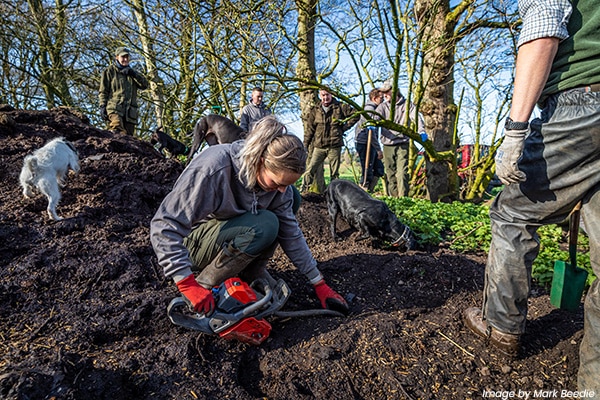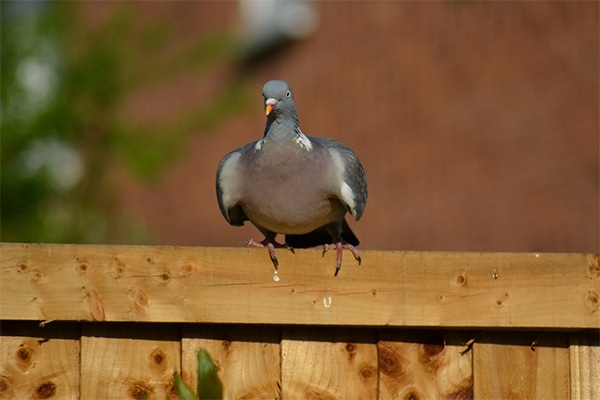
Pest and predator control courses
We run a wide range of courses, covering all areas of shooting, including an introduction to woodpigeon shooting.
Get information on the legal shooting season for mammals and birds in the UK.
Learn about our current conservation projects and how you can get involved.
Comprehensive information and advice from our specialist firearms team.
Everything you need to know about shotgun, rifle and airgun ammunition.
Find our up-to-date information, advice and links to government resources.
Everything you need to know on firearms law and licensing.
All the latest news and advice on general licences and how they affect you.


Home » Pest and Predator Control » Fox snaring » Best practice on the use of snares for fox control in England
The aim of this Code is to describe best practice when using snares for fox control. It is aimed at those who carry out fox control in the English countryside.
Always consider non-lethal and other lethal methods of solving the problem with foxes and use snares only if the alternatives are impractical, prohibitively expensive, or would not be effective.
Before using fox snares, consider whether the need justifies their use, bearing in mind:
IF IN DOUBT, DO NOT SET A SNARE.
The Welsh Government produced an advisory leaflet on the options available for both non-lethal and lethal control of foxes in rural areas which can be found here.
For further details on training in the use of snares, please contact us on 01244 573 019 or via email.
IF YOU ARE UNSURE OF YOUR LEGAL OBLIGATIONS, DO NOT SET A SNARE.
Recording the locations of your snares could help you check your snares daily. It also means that someone else can check your snares if you are unable to do so.
The use of fox snares in England is subject to legal restrictions, principally through the Wildlife and Countryside Act 1981, Animal Welfare Act 2006 and Deer Act 1991. All the offences defined by this legislation relate to the person setting the snare.
It is also an offence to knowingly cause or permit another person to commit snaring-related offences defined by the Wildlife and Countryside Act 1981. Failure to comply with legislation may lead to prosecution and penalties. These penalties may include a fine or imprisonment or both.


We run a wide range of courses, covering all areas of shooting, including an introduction to woodpigeon shooting.

Woodpigeon are a major pest in the UK and it is legal to shoot them in accordance with the terms and conditions of general licences.

The shooting of foxes, ground game, pest birds and rats is necessary to ensure that damage to game, wildlife, livestock, and growing crops is kept at sustainable levels.
Sign up to our weekly newsletter and get all the latest updates straight to your inbox.
© 2024 British Association for Shooting and Conservation. Registered Office: Marford Mill, Rossett, Wrexham, LL12 0HL – Registered Society No: 28488R. BASC is a trading name of the British Association for Shooting and Conservation Limited which is authorised and regulated by the Financial Conduct Authority (FCA) under firm reference number 311937.
If you have any questions or complaints about your BASC membership insurance cover, please email us. More information about resolving complaints can be found on the FCA website or on the EU ODR platform.
This website uses cookies so that we can provide you with the best user experience possible. Cookie information is stored in your browser and performs functions such as recognising you when you return to our website and helping our team to understand which sections of the website you find most interesting and useful.
Strictly Necessary Cookie should be enabled at all times so that we can save your preferences for cookie settings.
If you disable this cookie, we will not be able to save your preferences. This means that every time you visit this website you will need to enable or disable cookies again.
This website uses Google Analytics to collect anonymous information such as the number of visitors to the site, and the most popular pages.
Keeping this cookie enabled helps us to improve our website.
Please enable Strictly Necessary Cookies first so that we can save your preferences!
More information about our Cookie Policy